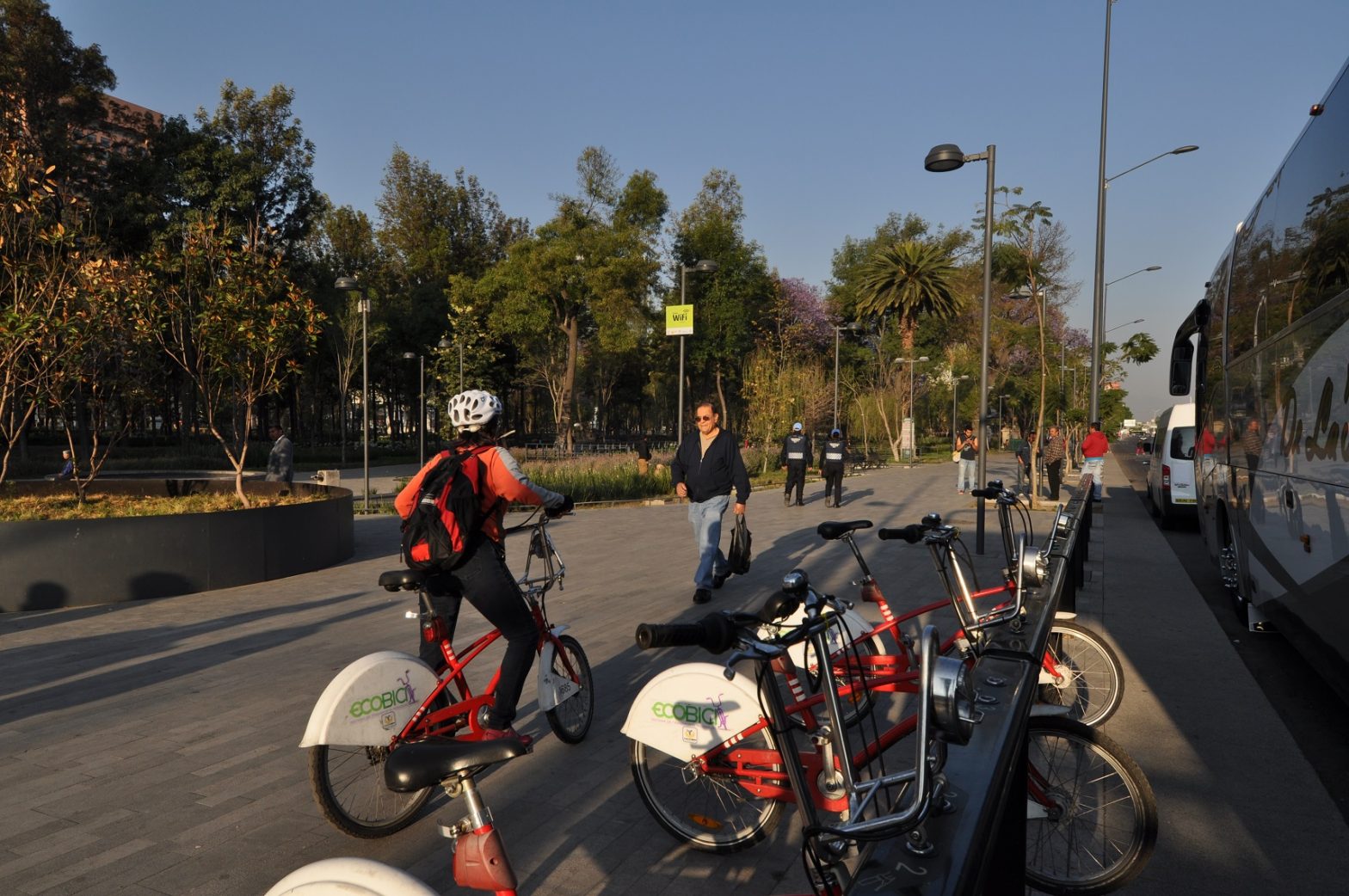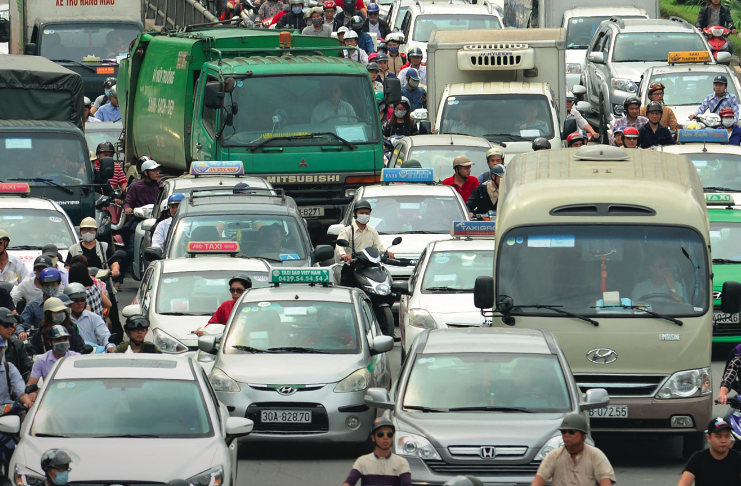
Photo: 1_Amsterdam-cover-photo
Cities investing in healthy and sustainable food environments for all children
08 February 2021
By Andrea Oyuela and Samantha Nesrallah (EAT), Louise Hesseldal and Lykke Schmidt (Cities Changing Diabetes) and Jens Aerts, D’Arcy Williams and Jo Jewell (UNICEF)
Despite the world’s farmers producing enough food to feed 1.5x the global population, over 820 million people continue to go hungry every day. In parallel, 38 million children under the age of five are living with overweight or obesity.
As described recently in UNICEF’s new roadmap for work on urban nutrition, these multiple forms of malnutrition are often concentrated in cities, where 70 percent of the world’s children are projected to live by 2050. Urban environments increasingly influence how children and their families live their lives, how they travel, work, eat and play – factors that, in combination, also impact human and planetary health and wellbeing.
The challenge is universal, but particularly pressing in low- and middle-income countries where approximately two-thirds of the urban population growth over the next decades will happen. Cities must be at the forefront of action to create healthier, more sustainable food environments in the future.

Innovation
Several cities are already showing the way as lighthouses for innovation, integrated approaches and community-led engagement. For instance, Quezon City, home to the largest share of urban poor in the Philippines, has been developing a series of policies and programmes over the last ten years to improve food security and mitigate the environmental impacts of the food supply chain. It uses task forces comprised of representatives from the departments of health, education, urban planning, environmental protection and waste management, and public service employment to bring all relevant stakeholders to the same table. A milestone was reached just over a year ago, when Quezon City signed the Good Food Cities Declaration together with 13 other global cities.
Another example is the Amsterdam Healthy Weight Approach (AHWA) which launched in response to nearly 21 percent of children under 18 having overweight or obesity, with children of immigrants and those of low socio-economic status the most affected. While it takes a generation to build a healthy equitable environment that can respond to the complex problem of childhood overweight and obesity, early data showed promising results as prevalence decreased by 12 percent for all age groups between 2012 and 2015. The initiative embraces community participation and stakeholder engagement, as well as continuous adaptation and learning.
Collaboration
Whilst some cities are leading the way, others are struggling with capacity, resources and governance. One way to meet their needs and increase momentum is to support collaboration – across sectors and systems, within and across cities. Existing platforms and partnerships can be leveraged, but new tools and ways of working are needed.
As representatives of three organisations committed to working together on a shared agenda for healthier, more sustainable cities for children, we are hopeful that 2021 will bring progress. Strengthening global coordination of city coalitions and partnerships, consolidating and scaling up urban food environment initiatives, engaging a cadre of young people to advocate for urban food transformations, and piloting solutions in cities are all priorities.
Working together and in new ways, we have an opportunity to build our cities and food systems back better to create a healthier, more sustainable world for all children. Let us not waste it.
UNICEF, Cities Changing Diabetes, and EAT are working together and independently to build an urban food and nutrition agenda that is fit for children. If you wish to learn more, get in touch with Andrea Oyuela: andrea@eatforum.org.









